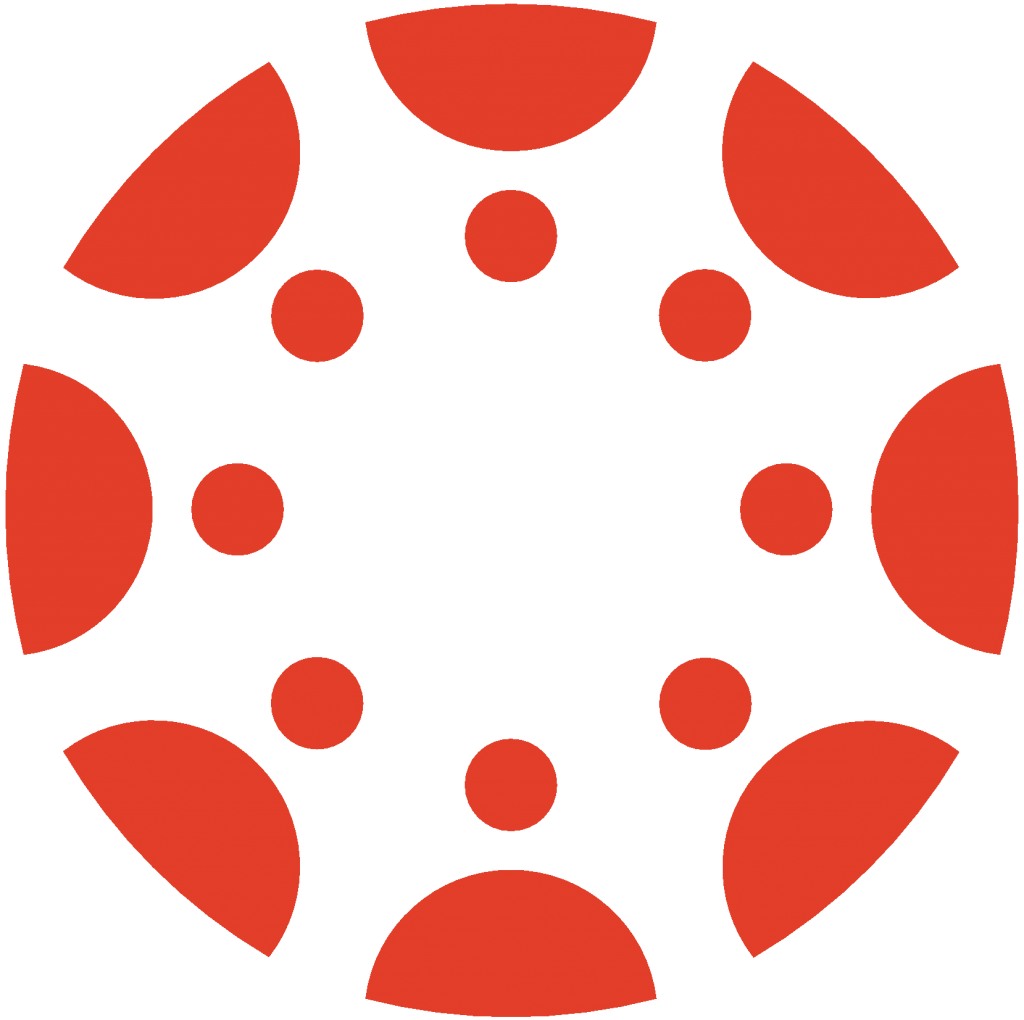Art 1 Introduction to Art History
Course Summary
This course offers a platform on which to build a basic literacy in the art and ideas that have shaped our world, from Paleolithic to contemporary artworks. We will explore the evolution of art and architecture and their relationship to various disciplines such as science, religion, and philosophy. We will track the migration of these ideas and their aesthetics over 30,000 years and six continents. Students will become familiar with significant artworks from Asia, Africa, Europe and the Americas. We will critically examine how not only artists but also art historians have shaped the history of art as we understand it. Methods of this investigation will include slide lectures, discussion, research, written assignments, and creative projects. Students need to complete quizzes, short essays, written short responses to readings or links to contemporary art, and creative projects (the latter which are graded according to originality, thoughtfulness, and effort.)
Art 13 The History of Women in Art History
Course Summary:
How do you see yourself? What does it mean to make an image of oneself? Do you create your own identity and can you change it? How do you define the idea of ‘Woman’ or ‘Man’ and what influences this definition? What is the relationship between images, meaning, and power?
These are the core questions that will guide our discussion of women in art history. This course is an overview of the contribution that women have made to the field of art, art history, and contemporary global culture. We will explore the role that images of women in traditional art history have played in defining the concept of ‘Woman’ and how women artists have represented themselves from the Renaissance to the 20th century. Students will learn how to look critically, and to identify the elements of style, composition, and techniques that women artists have used to communicate their experience. We will spend most of our time looking at women artists of the 20th century from a thematic perspective. Topics include craft and art, self-portraiture and representation, the relationship between nature and technology, the body, gender, race and class, social activism, feminism, and language. For each topic, students will be encouraged to do projects that reflect their personal opinions and creativity. Methods of investigation include lecture, slide presentations, discussion, research, creative projects, and field trips.
Art 20, 21, 24 Drawing and Composition
Drawing provides a unique opportunity to translate our subjective experience of the three-dimensional world onto a two-dimensional surface. We will approach drawing as a process of discovery, and as the setting down of lines which record this discovery. The course provides an introduction to the materials and basic techniques of drawing with emphasis on line, value and composition. Students will be encouraged to develop a personal drawing style while building a visual and verbal vocabulary with which to evaluate and discuss art. In addition to technical concerns, the class will investigate the creative process, symbols, the dynamics of human vision, as well as what it means to be an artist. Weekly topics will include both subject matter and techniques. The progression of the course will go from an external to an internal focus. We will begin by working from our external environment (objects, still lives, landscape, and weather). From there, we will progress to studying aspects of the self (faces and bodies) and will conclude with our inner landscape. Demonstrations and assignments will be accompanied by slide lectures introducing students to a variety of artists and art historical periods.
Art 21 and Art 24
Several larger assignments will be expected throughout the semester. Some themes include Abstraction, Rhythm, the Altered Book, Motion and Memory, Futurism and Speed, Cubism, Chaos/ Order, Narrative, and Decay. Critique is an important aspect of developing your work and knowing how to talk about it. Continuing and advanced students will meet for critique of finished assignments frequently. The emphasis will be on constructive feedback for each student.
Art 21 Continuing Drawing and Composition
Continuing students will be given weekly assignments that address and refine critical drawing skills. You will be challenged to push your work to the next level in practice and personal expression.
Art 24 Special Projects
Advanced students will meet with me individually to determine your specific interests and develop a sustained line of inquiry leading to a body of work.

 Canvas
Canvas
 Donate
Donate
 Let's Talk!
Let's Talk!
